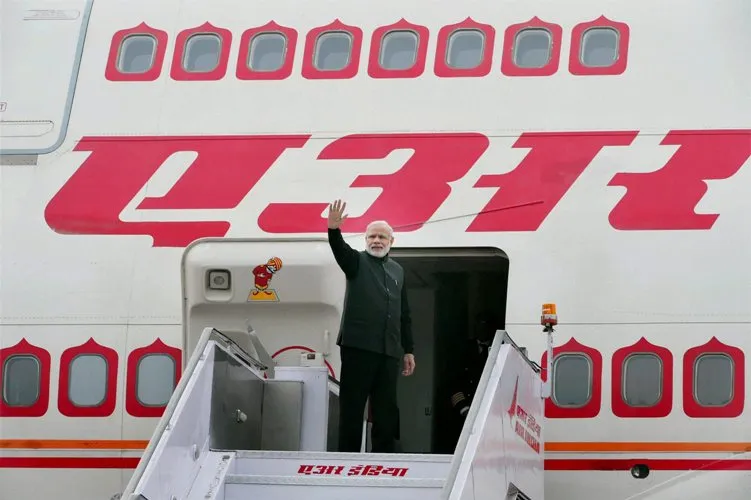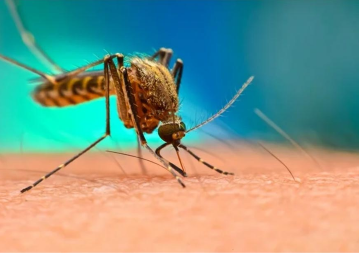India and Russia conducted the eighth edition of the Indra Navy exercise series in the Bay of Bengal from December 7 to 12. At the same time, a Russian Navy ship arrived at Karachi port to participate in joint exercise with the Pakistani Navy in the North Arabian Sea. The Russian exercise with Pakistan, and the sale of armaments before that, assumes increased significance in the backdrop of Prime Minister Narendra Modi's state visit to Russia. Mr Modi's visit on < class="aBn" tabindex="0" data-term="goog_397055201">< class="aQJ">December 24-25 will present India an opportunity to overcome its ‘Russia-Pakistan' concern.
Whether Russia's engagement with Pakistan is merely a result of its improved ties with China post-Crimea or a bargaining tool as India-US defence ties surge forward, warrants further exploration. Importantly, do the sale of Russian attack helicopters and jet engines to Pakistan disturb the military balance in the sub-continent? In 2011, France stopped the sale of heavy military equipment to Pakistan, hoping to assuage Indian concerns and prolong the success it has had in winning contracts from the Indian Armed Forces. Can Mr Modi induce Russia to stop supplying armaments to Pakistan?
The increasing Russia-Pakistan military engagement has resulted in Moscow lifting its embargo on delivery of military hardware and armaments to Pakistan last year. In August, a contract for four Mi-35M transport and attack helicopters was signed by Russia's state arms exporter Rosoboronexport and Pakistan's Ministry of Defence. More objectionable for New Delhi is Moscow's permission to use the Chinese-made Russian RD-93 engine for the JF-17 all-weather multi-role fighter, jointly developed by Pakistan and China's Chengdu Aircraft Industry Corporation. Reportedly, Pakistan is planning to purchase the Klimov RD-93 engines directly from Russia instead of using China as a medium.
Russian motivations for building better relations with Pakistan are threefold. First, counter the burgeoning strategic and defence relationship between the US and India; second, cooperate with Islamabad to reign in Islamic terrorism in regions of interest like Afghanistan and Central Asia; and third, post-Crimea, Russia has been driven close to China and, in turn, closer to the China-Pakistan axis.
There is also a political economy aspect to Russia's turn to Pakistan. Russia's economy is in crisis, with the price of oil below $50 per barrel. Given its heavy military involvement, from Ukraine to Syria, a slowing economy will make sustained military operations abroad an unsustainable proposition. The economic problems in both Russia and Pakistan have increased their dependence on Chinese investments.
India has been one of the leading importers of defence equipment in recent years and while much of its defence arsenal remains overwhelmingly Russian in origin, over the past four years, Washington, DC, has overtaken Moscow to become New Delhi's top defence supplier. The transfer of four Russian helicopters or a few engines will not tilt the military balance towards Pakistan in the short or medium term. New Delhi will, however, need to take a longer view on this given its threat perception of a two-front conflict involving both China and Pakistan. Transfer of Russian technology to Pakistanvia China could lead to improvements in Pakistan's combat capabilities and familiarity with India's Russian-origin weaponry.
India's had previously articulated similar concerns to France, but convincing Russia, which has its own economic compulsions, will prove to be challenging, especially as India further diversifies its arms imports and develops indigenous capabilities.
It is believed that India has already put across its concerns during Defence Minister Manohar Parrikar's visit to Moscow last month, but significant challenges lie ahead in India-Russia ties. Mr Modi's visit presents India an opportunity to leverage its Pakistan concern with Russia. Moscow will be looking to make progress on several big ticket military items like the Sukhoi T-50 stealth fighter aircraft, the Medium Transport Aircraft, the Kamov 226 light helicopter under Make in India and S-400 surface to air missiles systems. India needs to leverage arms imports for strategic dividend.
This article originally appeared in The Pioneer.
The views expressed above belong to the author(s). ORF research and analyses now available on Telegram! Click here to access our curated content — blogs, longforms and interviews.




 PREV
PREV


